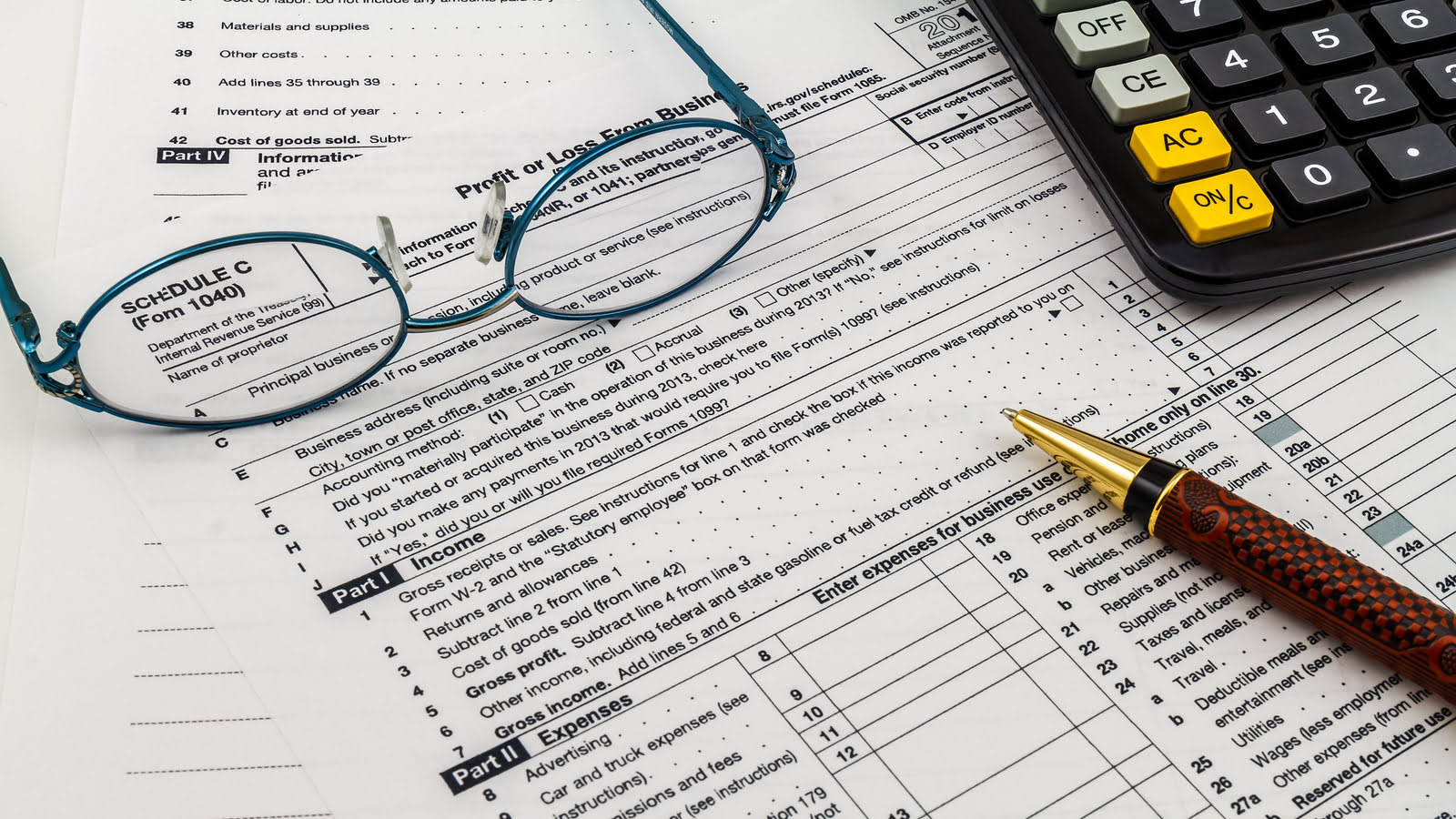When someone talks about withdrawing a business from a state, it rarely sounds simple. There is more to it than filling out a form or shutting the lights off at a location. If something gets missed, you might be stuck paying state fees or taxes for years—long after you’ve left.
If you are unsure of the process, second-guessing the steps, or worried about what happens if you mess it up, you are not alone. State rules vary. Deadlines get missed. And small mistakes turn into costly problems.
That is why it helps to step back and look at the whole picture. When you understand what is involved, you can move forward with clarity—and leave no loose ends behind.
What does “withdrawing” from a state really mean?
Withdrawing from a state is not the same as shutting your entire business down. It only means ending your company’s right to legally operate in one specific state. Your business continues. It just stops doing business in that location.
You might withdraw because:
- You are closing a branch or physical office
- You are restructuring or merging with another company
- You want to simplify operations and reduce costs
No matter the reason, it is not automatic. You must notify the state. If you fail to file the proper paperwork, the state may assume you are still active—and you will continue to owe taxes, file reports, and keep up with regulations.
Does your business need to formally withdraw—and if so, how?
The answer depends on your business structure.
- Corporations and LLCs: Most states require a formal withdrawal filing. This applies to both your home state and any foreign states where your business is registered.
- Partnerships: You may need to notify both state and local agencies, depending on your setup.
- Sole proprietors: It could be as easy as canceling a business license. But some states still require official notice.
Start by asking:
- Is this your business’s primary state or one of many?
- Are you withdrawing from just this state or shutting down the entire business?
Your answers help define what steps to take and who needs to be notified.
What needs to get sorted before you file for withdrawal?
It can be tempting to dive straight into paperwork. But a clean withdrawal starts with tying up everything else first.
- Taxes: Pay all taxes owed to the state. In some cases, you must request a tax clearance letter to confirm you have a zero balance.
- Outstanding balances: Clear up open invoices, penalties, or registration fees.
- Employees: Issue final paychecks, provide notices, and handle benefits properly.
- Contracts: Review and close out any leases, vendor agreements, or state-specific obligations.
Even small loose ends can lead to big problems later. Handle them now to avoid future follow-ups or fines.
So, how do you withdraw without creating new problems?
A smooth exit follows a clear plan.
- Get Internal Sign-Off
- Secure formal approval from board members, owners, or partners
- Put the decision in writing
- Settle with the State
- Pay outstanding taxes or fees
- Request tax clearance if required
- File the Official Withdrawal
- Complete the right form from the Secretary of State’s office or state agency
- Submit legal details, including your business name and registered agent
- Notify the Right Parties
- Let vendors, clients, employees, and local agencies know about the withdrawal
- Set expectations and share the timeline
- Wrap Up Assets and Contracts
- Sell or transfer any property or inventory in that state
- Close out leases and agreements properly
- Keep Your Records
- Save all withdrawal documents, filings, and correspondence
- Store everything safely for future reference
What happens if you cut corners or forget a step?
Skipping a step does not erase your business from the state’s records. You could still face:
- Ongoing tax bills or fees
- State penalties for noncompliance
- Risk of lawsuits from contracts you forgot to close
- Credit damage or licensing trouble in other states
Formal withdrawal protects you from future fallout. It confirms that you followed the rules and closed your business presence in the state the right way.
How can you make withdrawals less painful?
You can keep the process from dragging you down.
- Bring in experts: A CPA or attorney with experience in state filings can help you avoid common mistakes.
- Do your homework: Requirements change from one state to the next. Use the state’s official website or consult a professional to make sure you are using the right forms.
- Start early: Paperwork delays are common. Start the process before your planned exit to allow time for review or follow-up.
The bottom line
When you withdraw correctly, you save time, money, and stress. You will not owe future fees. You will not keep getting notices or compliance reminders. And you will not need to worry about the state reopening your file years from now.
A clean withdrawal helps you focus on what is next, whether that means growing in other states, changing direction, or simply running a leaner operation.
If you want to be sure nothing gets missed, a professional can walk you through the steps. Getting it right now can keep your business protected for years to come.








